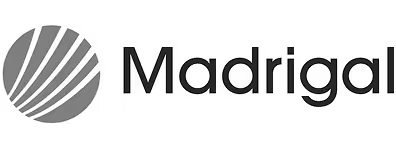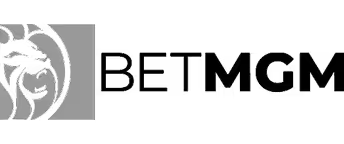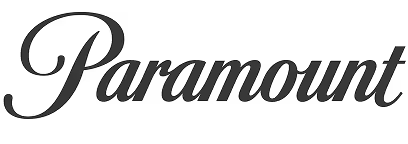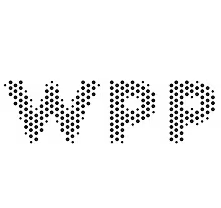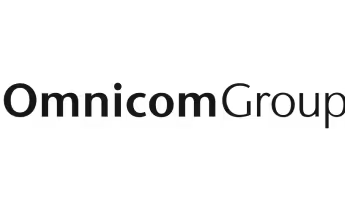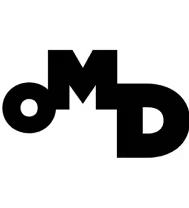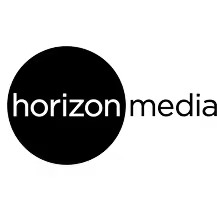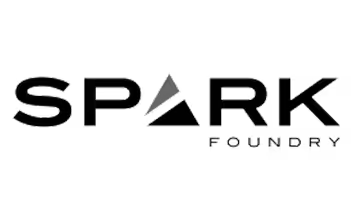Brand safety and suitability for CTV, powered by multimodal AI
ContextIQ Intelligent Brand Safety
Stay aligned in an unpredictable content world
ContextIQ ensures every CTV placement reflects your brand values, using multimodal intelligence that goes beyond blocklists to understand the full context of every moment.
Scene-level protection
Prevent adjacency to unsafe content using granular suitability controls aligned to your brand
Transparent by design
See why each placement passed, failed, or was down‑weighted with human‑readable explanations
Scale without compromise
Activate across premium CTV supply with integrations to your adtech stack
Brand Authenticity
Uphold brand identity and values while expanding reach
Efficient Spend
Lower wasted spend from unsafe or misaligned placements
Safer Delivery
Fewer brand‑safety incidents with scene‑level controls
Beyond Binary: Redefining Brand Safety for the Modern Media Landscape
FAQs
What is the difference between brand safety and suitability?
- Brand safety focuses on avoiding risk by ensuring your ads do not appear next to harmful, offensive, or reputation-damaging content such as violence, hate speech, or illegal activity.
- Brand suitability builds on safety by adding positive alignment. It asks not only “Is this safe?” but also “Is this context aligned with my brand’s values, tone, audience, and campaign goals?”
- In short: safety sets the baseline, suitability optimizes for relevance.
How do scene‑level scores work?
- With ContextIQ, Anoki divides long-form content into smaller scenes (typically 30 to 60 seconds) rather than treating an entire program as a single unit.Each scene is analyzed across multiple modalities including video frames, audio, transcripts, captions, and metadata. This multimodal approach interprets what is being shown, said, and heard to determine the true context.
- Scene-level scoring assigns each moment a numeric severity score for categories such as violence, substances, profanity, hate speech, or NSFW material. Brands can then set custom thresholds based on their own tolerance levels.The result is a combined ranking that ensures placements are both safe and contextually appropriate.
Does this coexist with audience targeting and ACR data?
- Yes. Anoki’s ContextIQ is designed to complement audience targeting and ACR (Automatic Content Recognition) data that may already be in use for targeting. The platform can work alongside existing audience segmentation tools and ACR-based insights to enhance contextual understanding.
- This integration allows advertisers to combine who they reach (audience), where and when they reach them (context), and how well the content fits the brand (suitability).
- Because Anoki’s system focuses on the content itself rather than user identifiers, it also supports privacy-first advertising environments where audience data may be limited.
How customizable are brand safety thresholds?
Brands can define their own tolerance levels for specific risk categories such as violence or language, enabling nuanced control instead of blanket blocking.
How can I learn more about the AI that powers Brand Safety?
You can explore Anoki’s technical and educational resources to understand how its multimodal AI works:
- Request a demo or training session for deeper insight into how Anoki’s expert models detect, score, and customize brand safety and suitability thresholds.
- Visit the Anoki blog to read posts like “Beyond Binary: Redefining Brand Safety,” which explains severity-aware scoring and multimodal model design.
- Explore the ContextIQ product page to learn about scene-level metadata, AI copilots, and campaign planning tools.
Trusted by

















